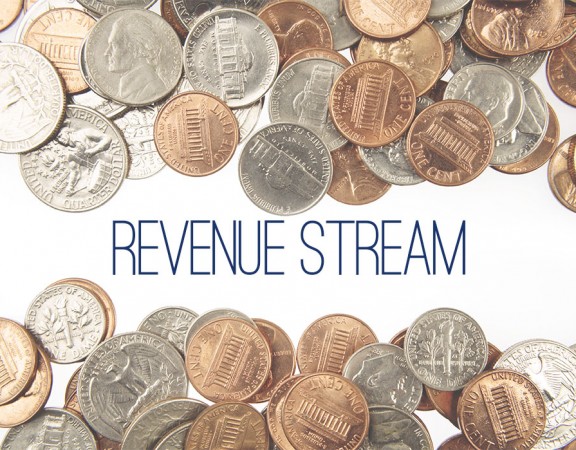The world of intellectual property can be very complicated. There are literally tens of thousands of pages of rules governing how it all works, plus thousands of cases that interpret the rules. However, intellectual property often amounts to about 60 – 80% of the sale value of a typical company, so it is definitely something that you cannot ignore. So, how does the business owner or CEO make wise decisions about intellectual property when they definitely do not have the time to get up to speed on everything?
First, it is critical to see things from the right perspective. The key is to take on intellectual property on business terms, not on legal terms. You can let your lawyer figure out the legal details, but you cannot delegate the business perspective to anyone else. So, from business terms, intellectual property is an asset, just like any other, and it is your duty to identify, protect and exploit those assets, just like you would any other.
Identification is all about understanding the five different kinds of intellectual property assets and how they fit into your business. They are your Brand, Content, Technology, Secrets, and Relationships. Your brand is how your customers identify you and make sure they are buying from you and not someone else. Your content is how you educate and persuade, usually through books, videos, websites, training courses, marketing and advertising pieces and etc. Your technology is your way of doing it better, like better tools, equipment, processes, compositions, designs, and etc. Your secrets are information that has value because it is a secret, like a secret recipe, client list, vendor list, current market intelligence and etc. Your relationships are the people and companies that you count on to run your business, including relationships with employees, customers, vendors, strategic partners, investors, and etc.
Think about how each of those tie to your operations and to your vision for the future of your business. Those aspects that are important should get protect and the resources allocated to make sure they are protected right. Once you have identified your valuable assets, you can talk with your attorney about your priorities for protection, the costs and the benefits. That prepares you to make wise decisions that will help you achieve your vision.






